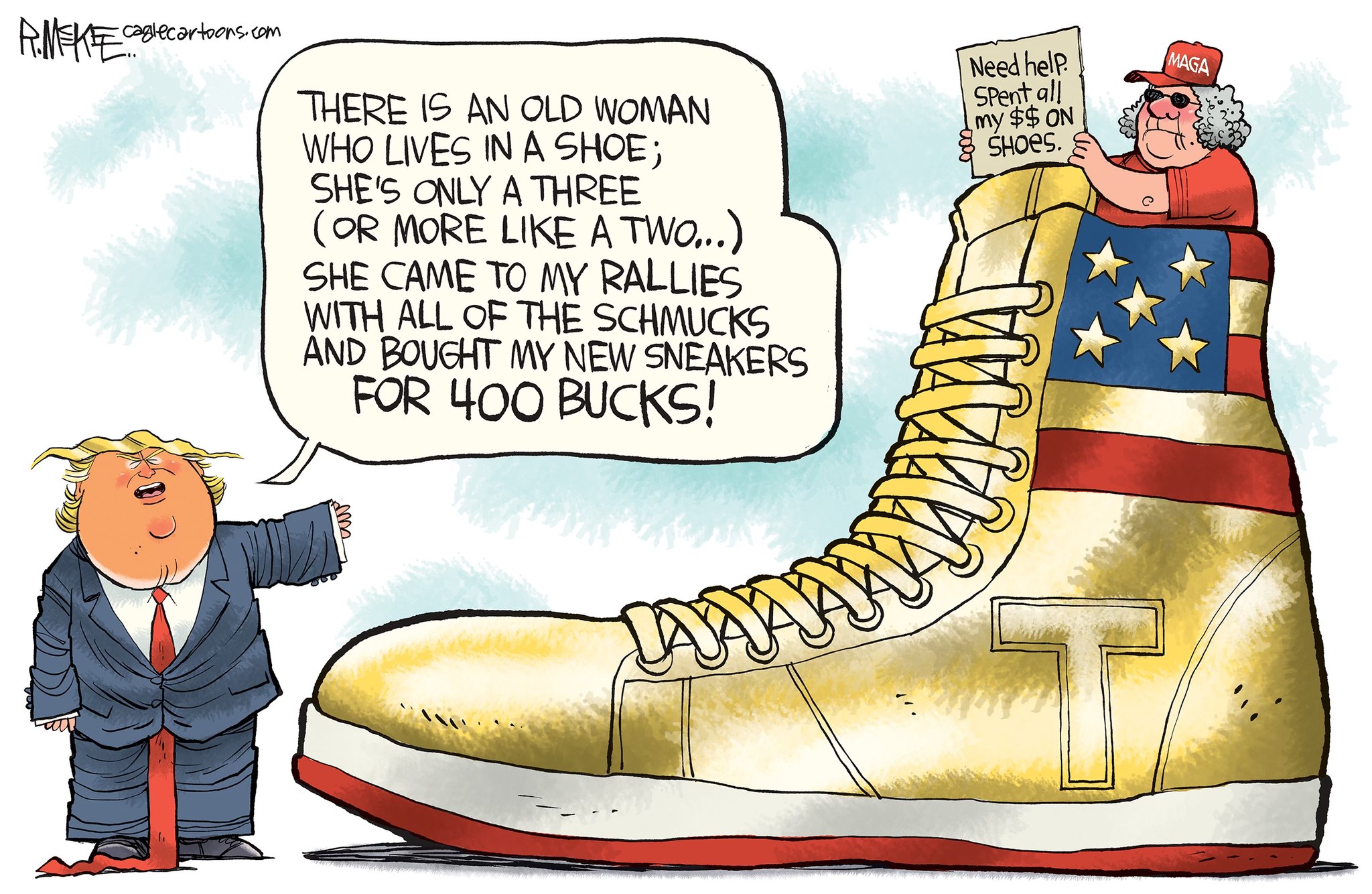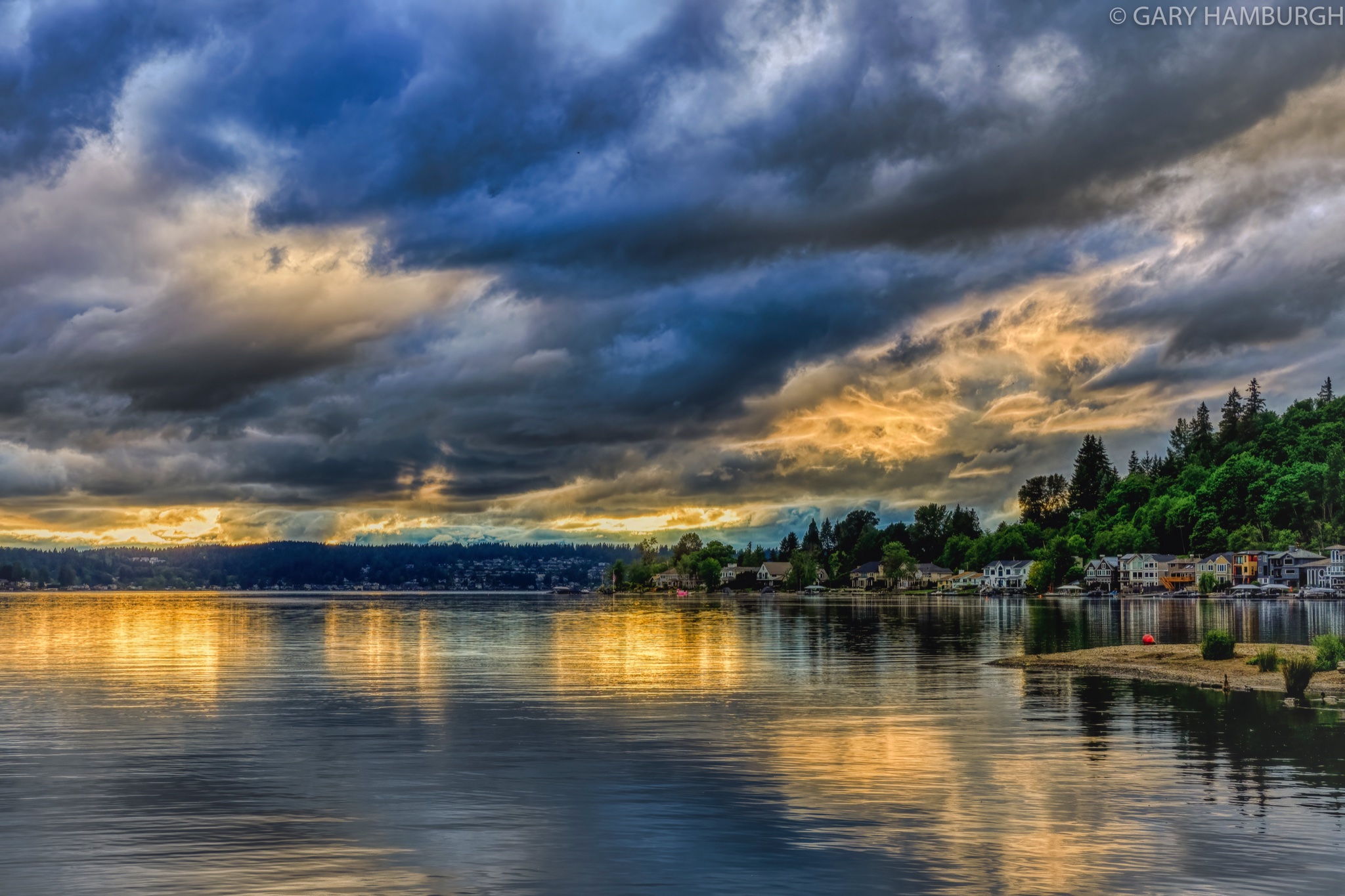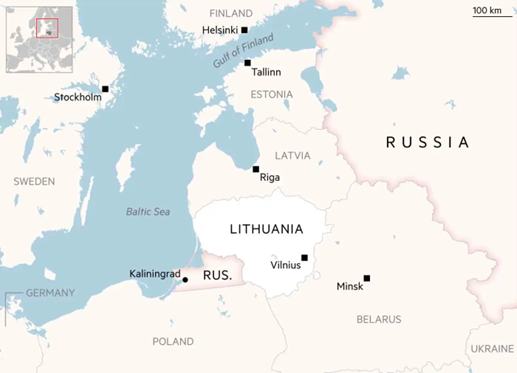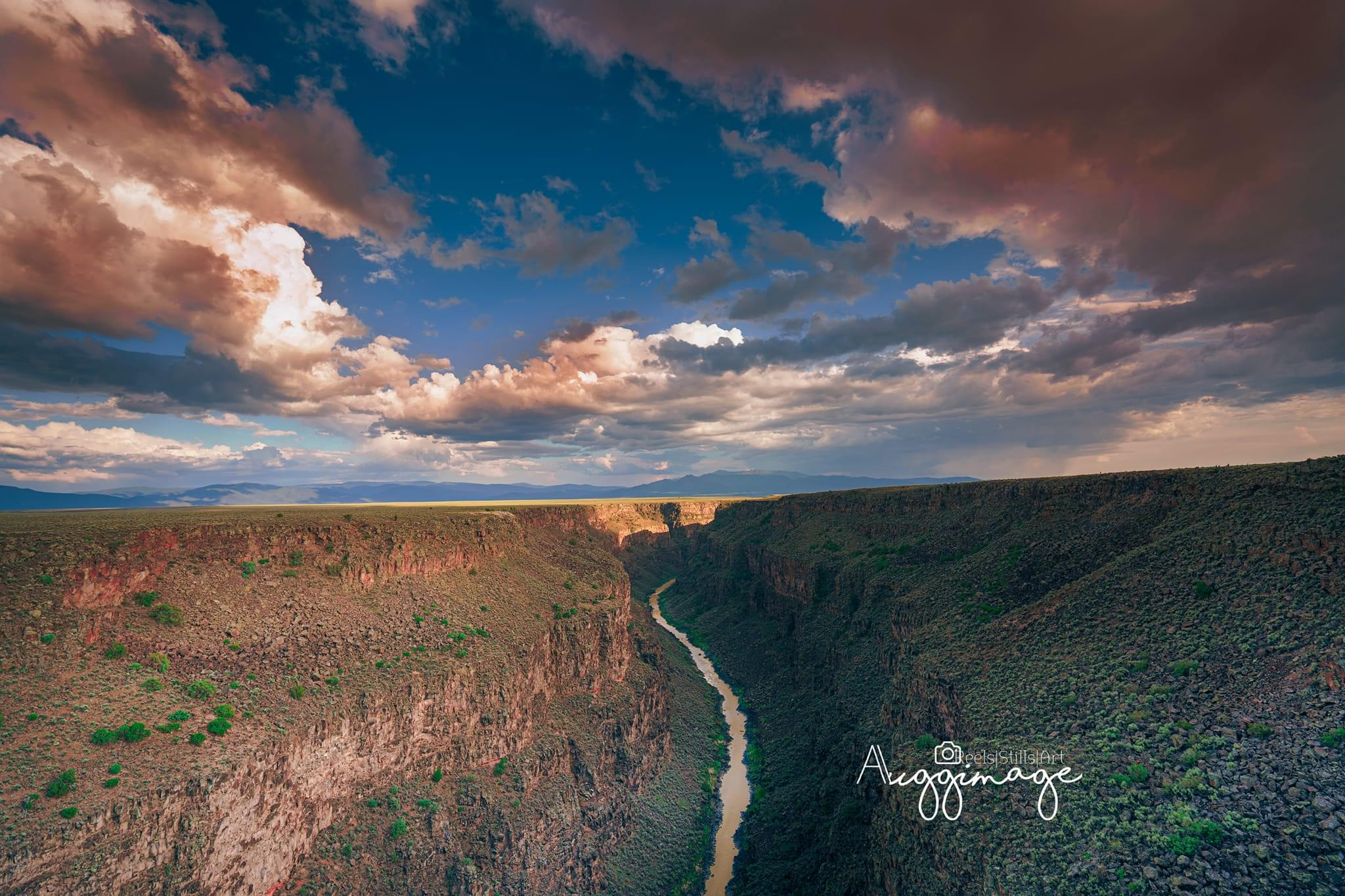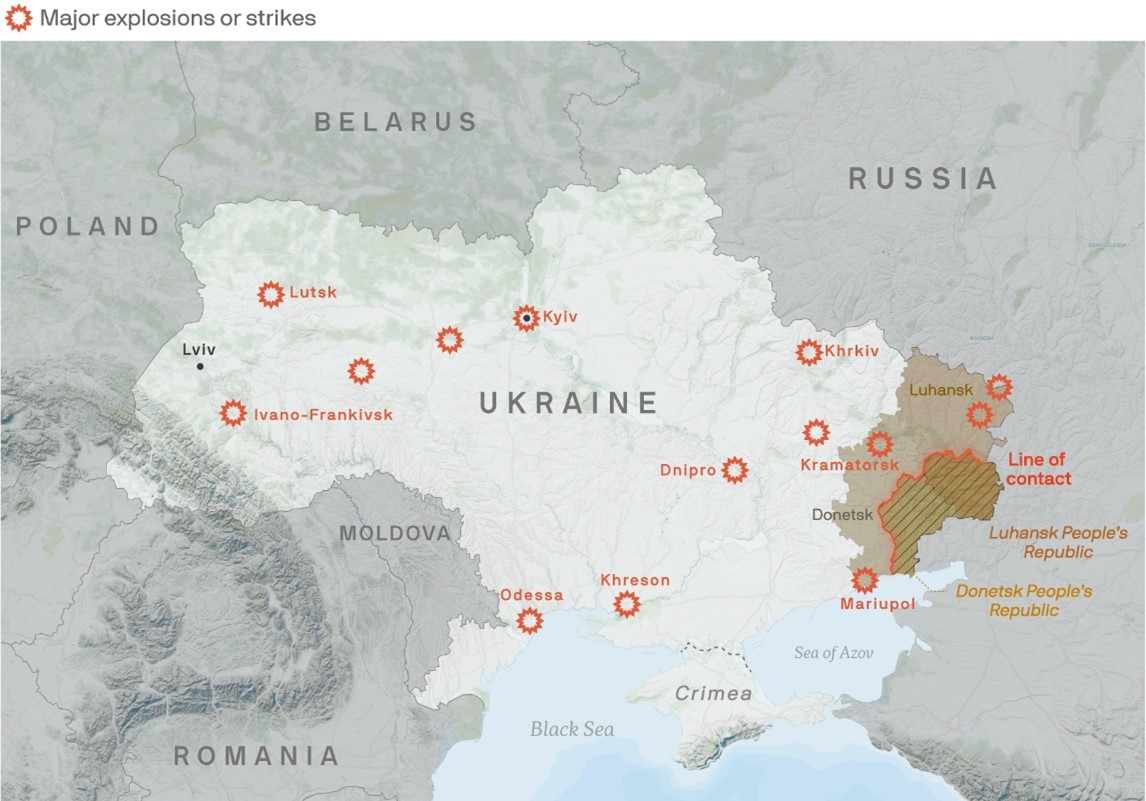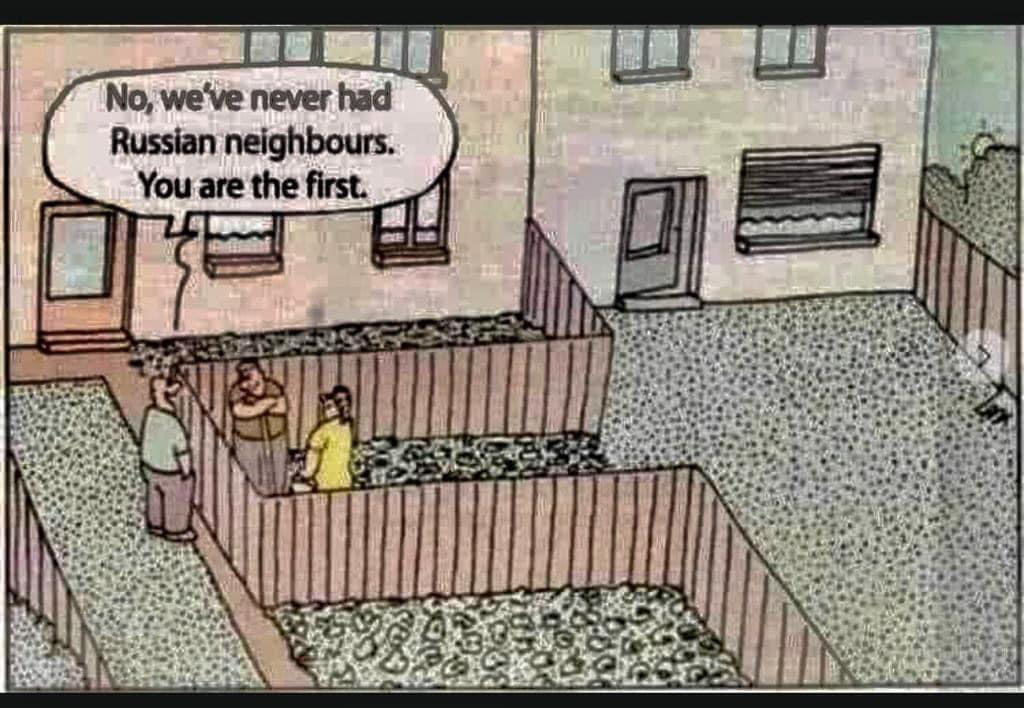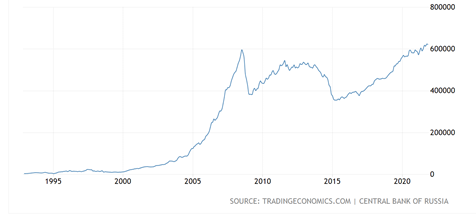The Daily Escape:
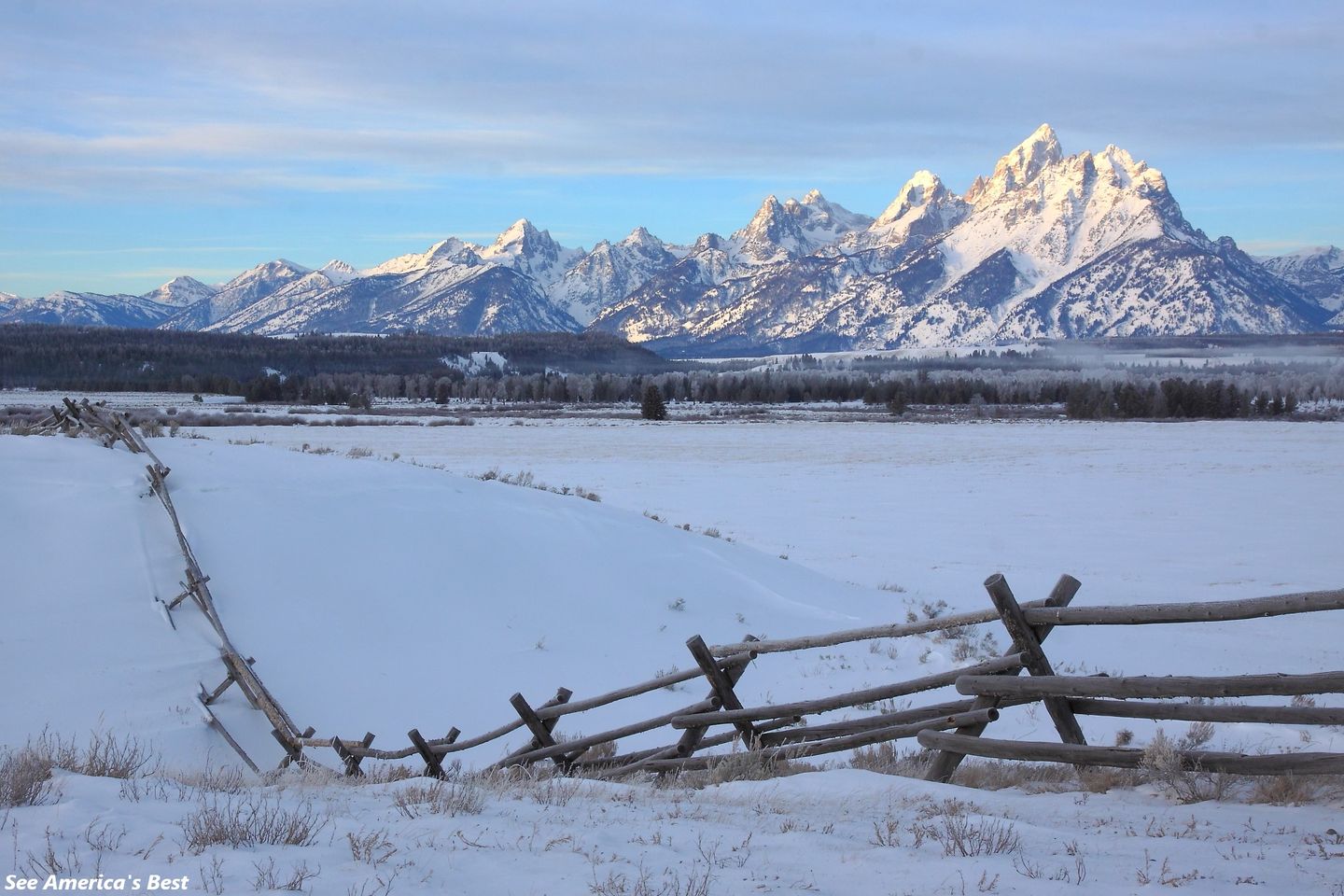
The Tetons in winter, Moran, WY – February photo by See America’s Best
Wrongo, last Sunday:
“The House Republicans have effectively turned the Ukraine war into a free-for-all. Without US arms assistance, there’s a substantial risk that this war could easily escalate, with the US having only a limited voice in both strategy and tactics.”
The next day, as if on schedule, France chimed in. From Politico:
“French President Emmanuel Macron said on Monday that sending Western troops to Ukraine should not be ruled out….There is no consensus today to send ground troops officially but … nothing is ruled out… We will do whatever it takes to ensure that Russia cannot win this war.”
This kabuki took place during a crisis meeting in support of Ukraine that was attended by heads of European states, including German Chancellor Scholz, and top government officials like UK Foreign Secretary Cameron. Ukraine’s president Zelensky attended the meeting by video link.
The subject was first raised publicly by Slovak Prime Minister Fico, who said a “restricted document” circulated prior to the summit had implied that a number of NATO and EU member states were considering sending troops to Ukraine on a bilateral basis.
The too-clever part is “on a bilateral basis”. That’s a mealy-mouth way of saying that NATO wouldn’t be supplying the troops, just the individual NATO members.
Macron’s suggestion has started a free-for-all among the NATO members about possibly sending troops to Ukraine. As Wrongo said, the inability of House Republicans to mount a legislative program is clearly affecting both Ukraine and NATO.
Macron’s comments prompted a hawkish response from Kremlin spokesman Dmitry Peskov:
“In this case, we need to talk not about the likelihood, but about the inevitability of a conflict….These countries must also assess and be aware of this, asking themselves whether this is in their interests, as well as the interests of the citizens of their countries.”
Russia implies that any Western troop deployment in Ukraine would trigger a direct conflict between Moscow and the NATO military alliance.
That naturally sent European leaders scrambling to backtrack: A NATO official told CNN the alliance had “no plans” to deploy combat troops in Ukraine. And German Chancellor Scholzimmediately said that European leaders unanimously rejected sending troops to fight in Ukraine against Russia. He was backed up by NATO Secretary General Stoltenberg (the same fellow who gave “permission” to Ukraine to bomb inside Russia using NATO’s soon-to-be delivered F-16s).
The US has always told NATO that it would be foolish to send NATO troops to Ukraine. But what leverage does the US have if it isn’t supplying its share of weapons and ammo right now when they’re most needed? The inaction by House Republicans was the precipitating reason for the hastily called European summit in the first place.
One of the outcomes of the EU meeting was support for sourcing more ammunition from outside of NATO. President Zelensky offered a sharp reminder that the EU had massively undershot promises on ammunition deliveries. He underlined the EU’s failure to deliver 1 million shells by March:
“Of the million shells promised to us by the European Union, not 50% arrived, but 30%….
This includes practically everything, ranging from air defense missiles to howitzer shells.
As a possible solution, Czech Prime Minister Fiala said he received “big support” at the talks from European partners for his proposal to source shells from outside the EU for Kyiv. The Czech Republic is leading a campaign to raise €1.4 billion to pay for ammunition for Ukraine, in compensation both for the stalled US aid package and delays in EU deliveries.
This means that buying exclusively within the EU simply isn’t realistic. Region-wide reductions in defense spending following the end of the Cold War led to arms manufacturers reducing their capacity to make such weapons. And rebuilding the industry won’t happen overnight.
Widening out the view, Macron appears to be attempting again to assert himself as the leader of a united Europe, just as Europe braces for the possibility of a) no weapons funding from the Biden administration, or b) Trump winning a second term.
Given Trump’s antipathy toward NATO and transactional view toward alliances, Macron and others have stressed that the burden must fall to Europe to protect from future Russian aggression.
Macron also said he was abandoning his opposition to buying arms for Ukraine from outside the EU. This potential program is known in the EU as “strategic autonomy”, policies aimed at making Europe less reliant on the US.
These unilateral actions by Europe signal two ideas. First, that there is no Plan B for supporting Ukraine beyond sending them more weapons, and advanced weapons that have the capability to strike inside Russia. Striking inside Russia is key to Ukraine having a stronger position in any negotiated end to the War, but NATO fears Russia’s retaliation if longer range weapons are supplied to Ukraine, so they will come slowly, if at all.
Second, Europe believes as of now that Ukraine is losing. Wrongo heard on the PBS NewsHour that the best likely outcome in 2024 is for a Ukraine holding action followed by another offensive in 2025, even though Ukraine’s 2023 offensive produced very little. In this view sending more weapons to Ukraine only seems to buy time in 2024.
The alternative view is that Russia is outproducing the West in artillery shells and ammunition. And think about the Russia, China, Iran axis that Wrongo mentioned last week: Neither China or Iran will willingly let Russia lose a war, because they know who’ll be next.
Another way to think about this: Trump weakened NATO during his presidency. Biden was able to rebuild America’s credibility with NATO, helped enormously by Putin’s invasion of Ukraine. Since then, NATO has expanded, adding two new countries to the membership and by stepping up with weapons and financial support for Ukraine. Now, in the waning months of Biden’s first term, Republicans have cracked NATO again with their unwillingness to fund the Ukraine War.

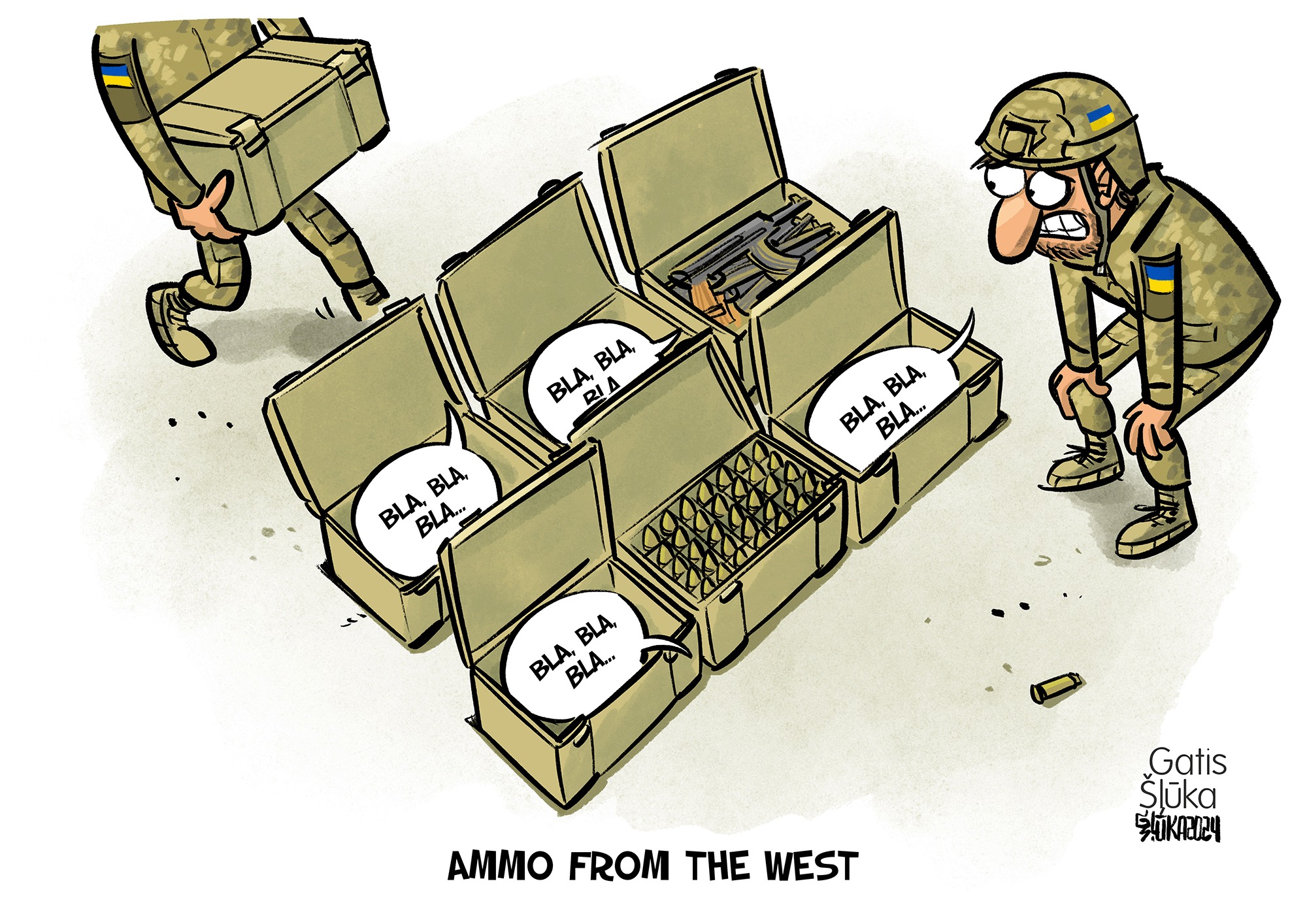
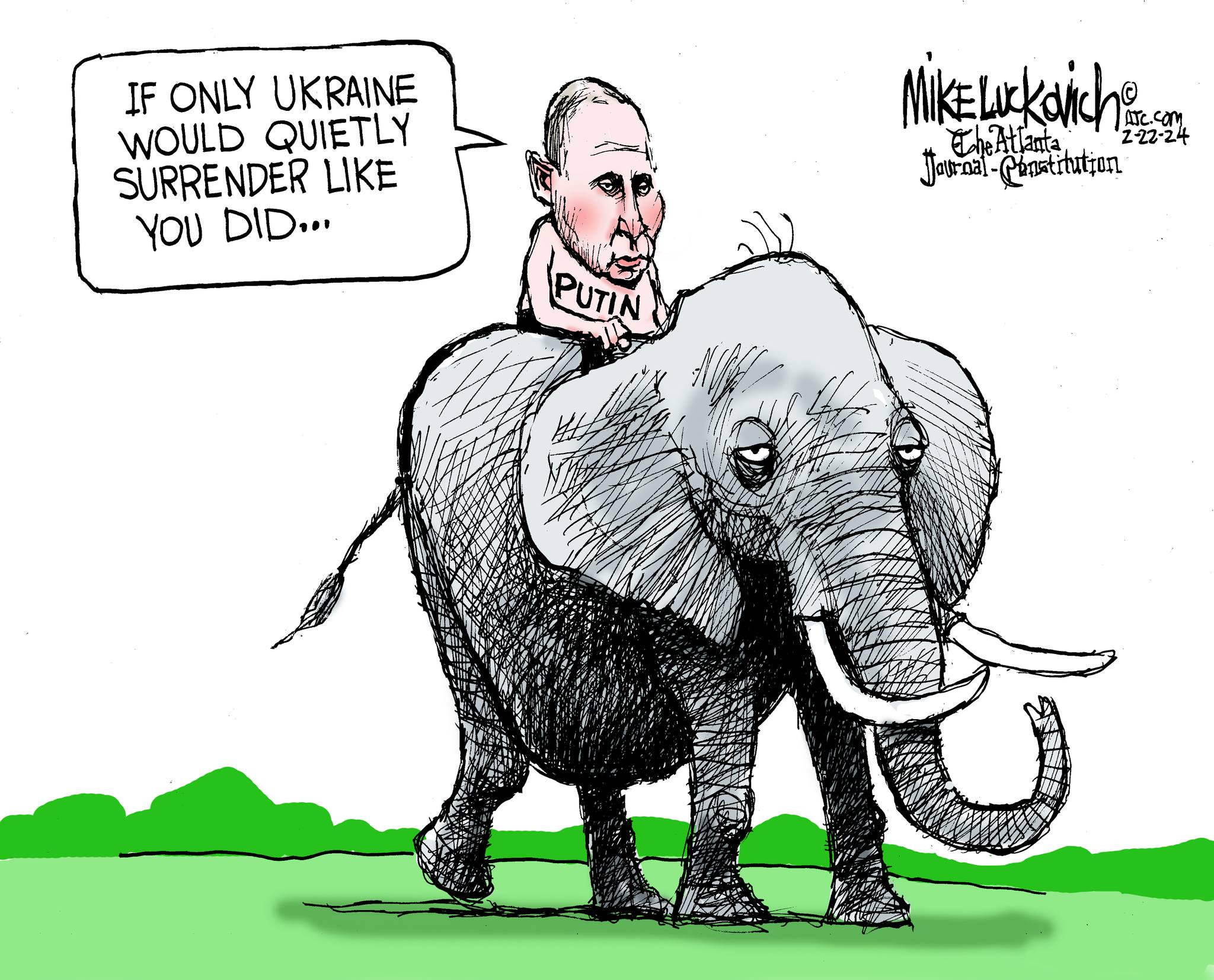
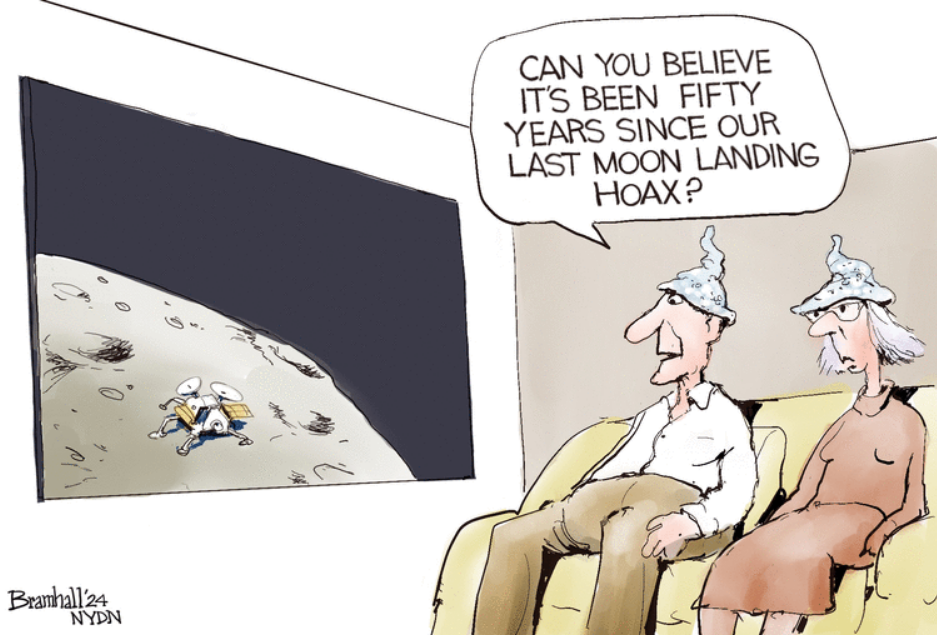
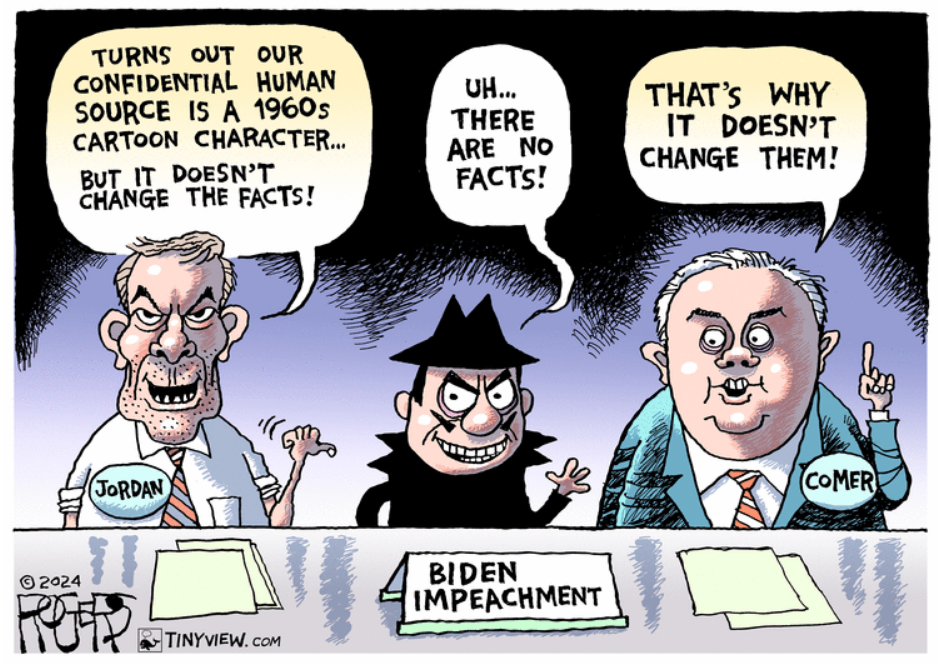
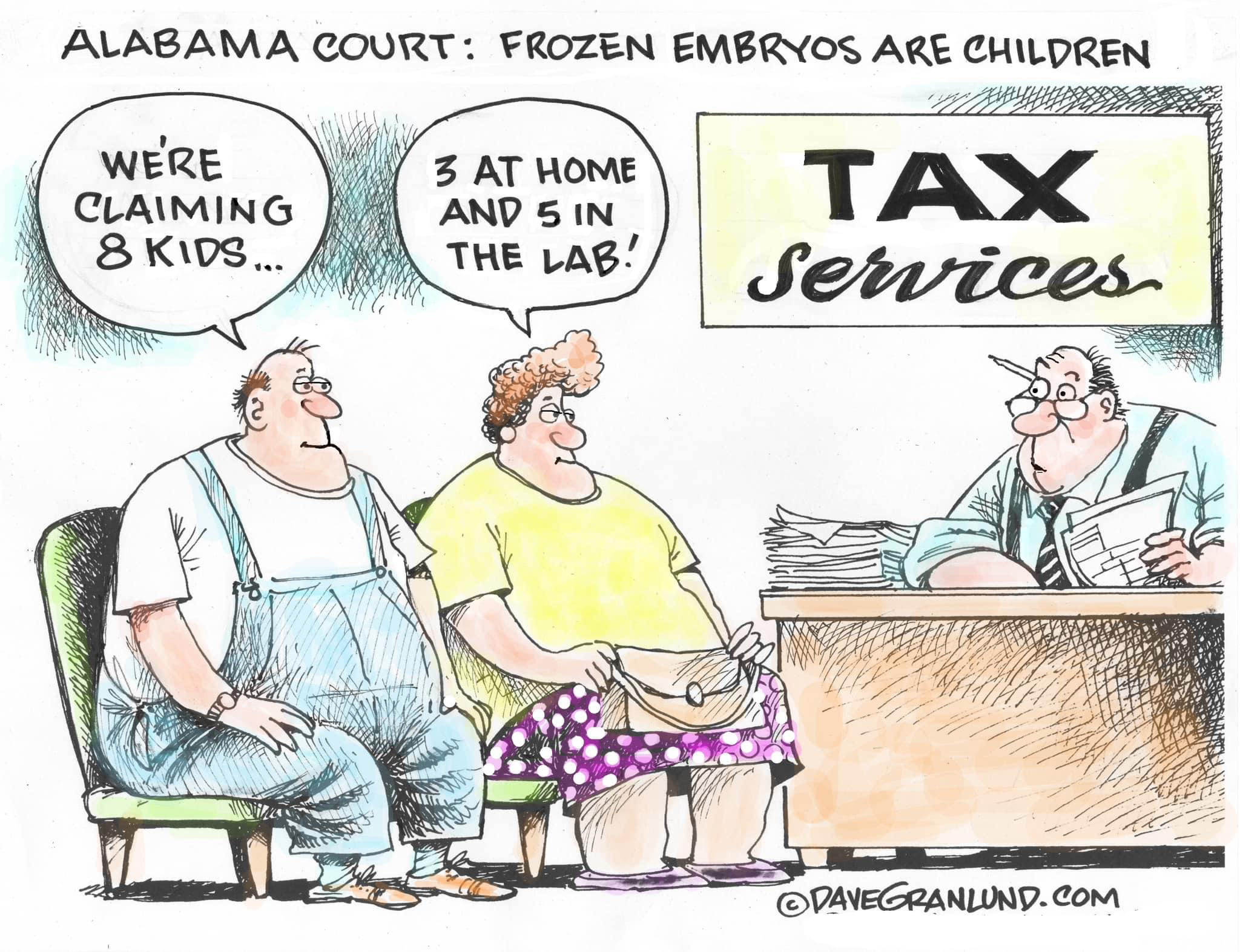 There’s a sucker born every minute in Trump world. The shoes are pre-order only; just another Don-con: :
There’s a sucker born every minute in Trump world. The shoes are pre-order only; just another Don-con: :